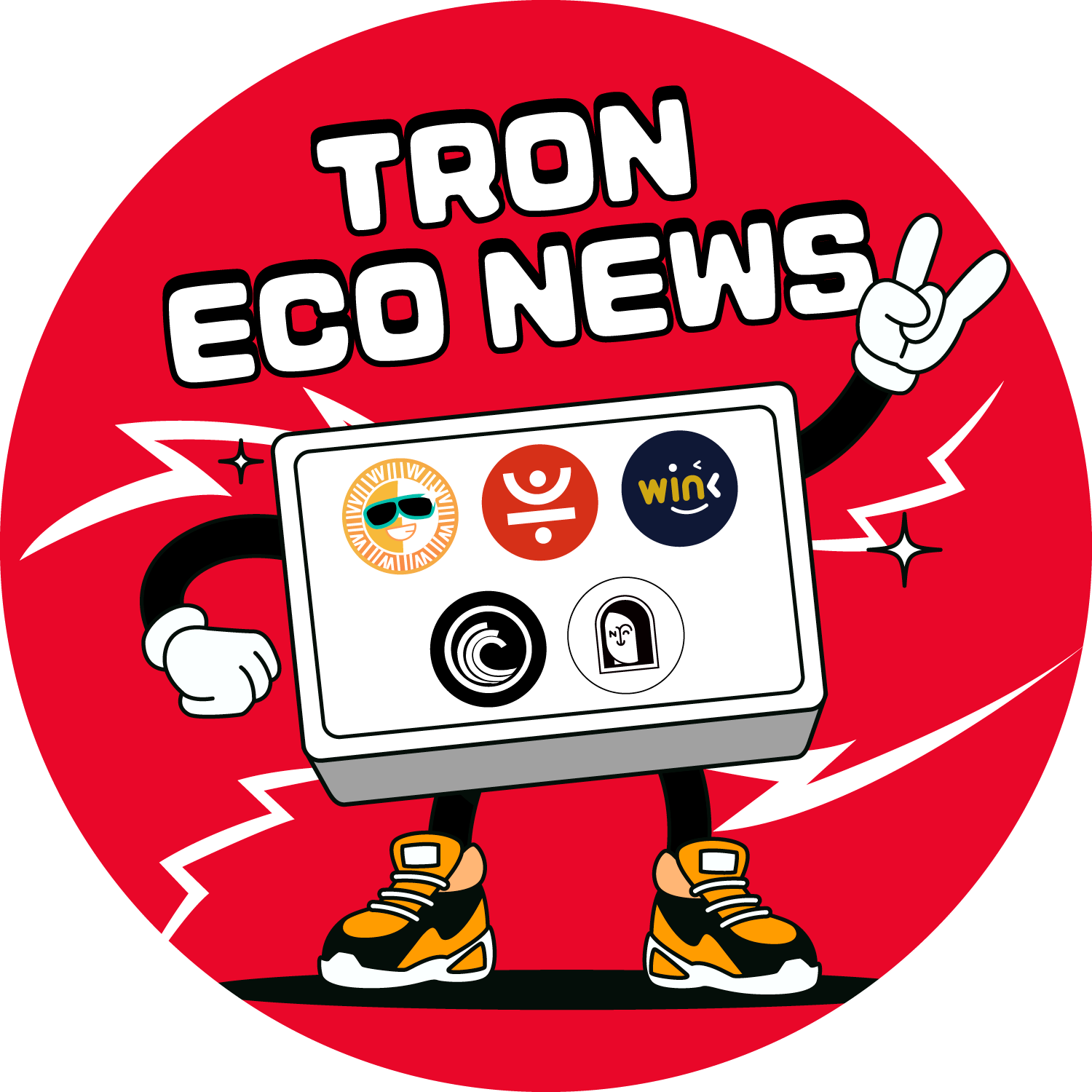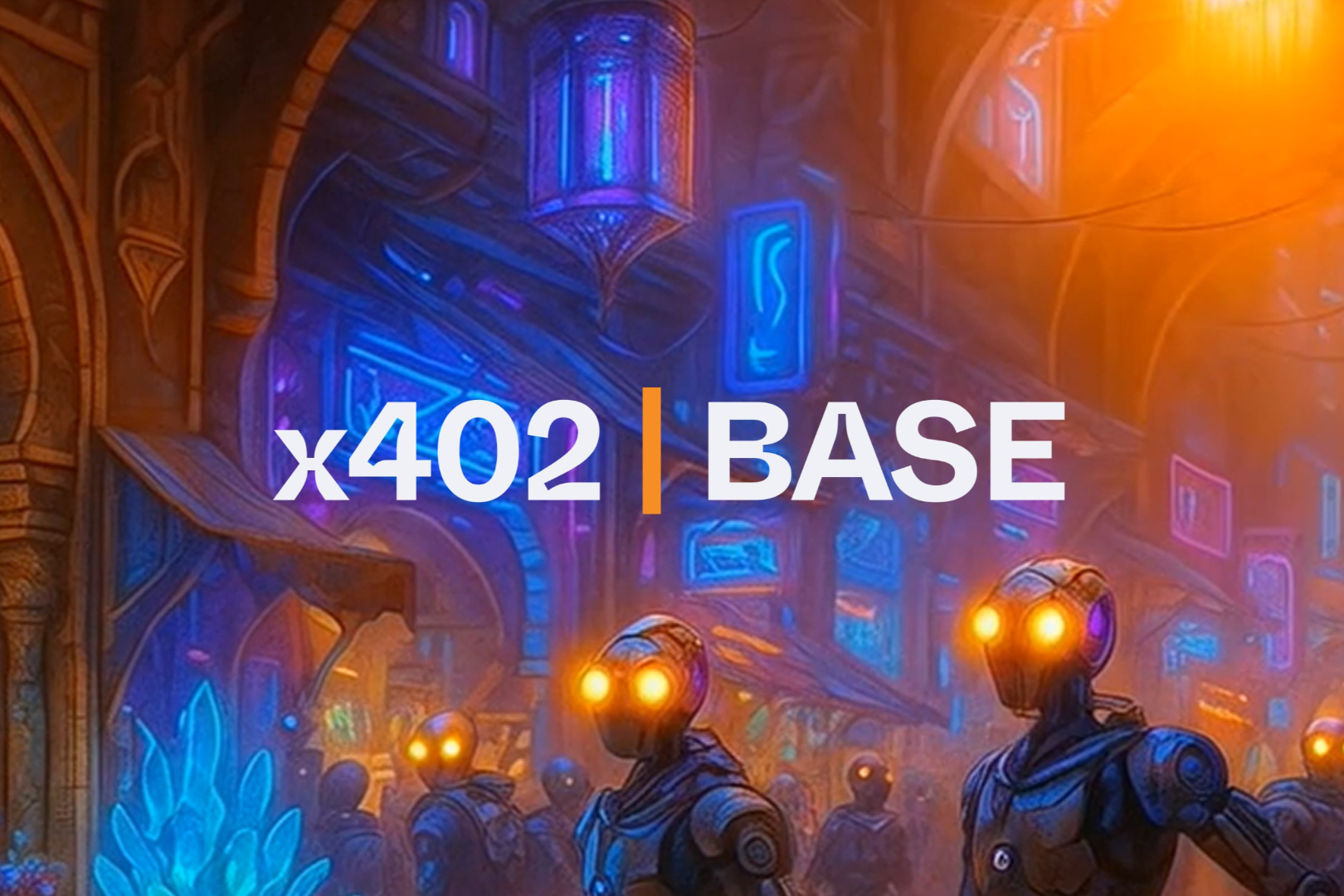Recently, the JustLend DAO governance community officially approved a proposal for a JST buyback and burn mechanism, completing the first large-scale buyback and burn of JST. From this point forward, JustLend DAO's net proceeds and over $10 million in USDD multi-chain revenue (excluding the initial $10 million) will be used to buy back and burn JST, transparently executed on-chain.
According to the latest burn announcement, JustLend DAO's total token revenue is 59,087,137 USDT. 30% of this (equivalent to 17,726,141 USDT) was used to repurchase and burn 559,890,753 JST, representing approximately 5.66% of the total token supply. The remaining 70% has been deposited into JustLend DAO's SBM USDT lending market to generate interest and will be burned in batches over the next four quarters as planned.
This move quickly ignited enthusiasm in the crypto market, sparking a positive response. This wasn't just a simple adjustment to the token economics mechanism; it was a profound implementation of the decentralized philosophy of "giving value back to the community." The successful launch of this mechanism has prompted deeper reflection: How will JST's deflationary trajectory reshape market expectations and supply-demand dynamics? How will it drive value flows within the TRON DeFi ecosystem? More importantly, does this herald the maturation of a new generation of DeFi economic models, centered around "revenue buybacks"?
With these questions in mind, JUST DAO partnered with Metaera, a leading Web3 information platform, to hold a special event, X Space, to explore the core logic, ecological impact, and long-term significance of the JST buyback and burn plan. This article will review this intellectual exchange and explore the underlying logic and industry implications behind the JST buyback and burn plan.
JST Unleashes the DeFi "Value Flywheel": Detailed Explanation of the Core Logic and Market Balancing of the Deflation Model
During a JustLend DAO Space discussion on the JST buyback and burn proposal, the first speaker, Joy, used a vivid analogy to illustrate the core logic of the mechanism. She pointed out that JST's deflationary model essentially introduces the traditional value feedback model of "profit buyback and stock cancellation" used by listed companies into the DeFi world . She believes that the essence of this mechanism lies in creating a "virtuous cycle of value recovery." Through the two dimensions of "use value" and "exchange value," it converts protocol fees into token value while simultaneously creating price support through deflationary pressure. The ultimate goal is to form a long-term, sustainable "value flywheel" that achieves a spiraling upward trend.
Guest speaker Aster further elaborated on this point from the perspective of value distribution. He interpreted buyback and burn as "a disguised form of dividend distribution to all shareholders," and emphasized that it "is a classic sign of the ecosystem's shift from short-term operations to long-term governance." He explained that this mechanism not only boosts token prices through de facto deflation, benefiting all holders, but also transparently displays protocol returns, incentivizing market attention and participation, thereby creating a positive cycle of "higher profits, more buybacks, and a stronger ecosystem." He believes this is the core logic of this proposal.
Regarding the question of whether a phased burn strategy can balance market expectations and supply and demand, guest speaker Mark first expressed confidence from the perspective of strength and ecosystem integration. He noted that compared to other protocols' buybacks of "millions of dollars," JST's approximately $60 million buyback and burn plan is "very strong and gives the market great confidence." In the long run, with the protocol's continued revenue growth, the buyback support and price premium guarantee are solid. However, he objectively added that after a short-term price rally driven by expectations, there is pressure for a correction due to the "exhaustion of positive news," but this depends more on the overall stability of the broader market.
Aster offered a more nuanced analysis of short-term market dynamics. He acknowledged that the phased approach aims to "minimize the possibility of a sustained decline after a short-term surge." However, since the initial 30% purchases were significantly higher than in subsequent quarters, a short-term surge due to high interest could be followed by a subsequent correction due to a slower pace. However, he predicted that compared to a one-time repurchase, this phased approach would ensure a "less severe" correction and a "relatively smoother" trend.
Guest speaker Qiu Rong's analysis introduced a key dynamic perspective, deeply linking token price to the protocol's profitability. He noted that the phased burn is a wise design to prevent short-term fluctuations. The first 30% burn provides "definite positive impact," while the subsequent 17.5% burn in each quarter constitutes "long-term market expectations ." Ultimately, JST's long-term performance depends not only on its deflationary model but also on "overall market liquidity" and the ability of JustLend DAO and the USDD protocol to continuously capture value and expand returns amidst competition in the DeFi ecosystem.
From value support to governance wisdom: How JST repurchase and destruction reflect the values of the DeFi ecosystem
When discussing the profound impact of the JST buyback and burn mechanism on the Tron ecosystem, guest speaker Wang Fugui from Hong Kong directly affirmed its pivotal role. He believed that as a core governance token connecting multiple protocols, JST's deflationary mechanism will undoubtedly have a "promoting effect" on projects like USDD, SUN, and stUSDT, directly generating "positive feedback," a positive impact that will continue to reverberate throughout the ecosystem.
Guest speaker 0xLeon also believed that JST plays a crucial role in the Tron ecosystem, connecting various protocols into an organic whole. However, he pointedly emphasized that the buyback and burn mechanism itself is merely a tool; the true test lies in where the DAO's funds flow: whether they are used to build "highways" that promote ecosystem prosperity or to invest in flashy "palaces." This insight profoundly reveals that the core value of the JST DAO lies in its "decision-making wisdom," namely, how to use incentive strategies to precisely support key protocols that drive ecosystem prosperity, thereby achieving the leap from "value circulation" to "value growth."
When the discussion extended to the implications of the "net revenue buyback" model for the entire DeFi industry, guest speaker 0xLeon reiterated the insight that "decision-making outweighs mechanism." He predicted that in the future, blockchains will host a massive amount of traditional financial assets (RWA), and AI will become a major player in DeFi. Therefore, the enormous opportunity for JST DAO, and indeed the entire TRON ecosystem, lies in leveraging its mechanisms to precisely invest resources in future sectors like AI and RWA, thereby seizing opportunities that are "100x, 1,000x" larger than the native crypto market.
Guest speaker Mark asserted that this model is becoming the new industry standard, citing market trends and value support. Citing the adoption of similar models by top protocols like TRON, PancakeSwap, and Aave, he noted that "the token repurchase model using net revenue has become an industry standard." The fundamental reason for this is that it provides crucial "real value support" for tokens . In his view, any future DeFi project that seeks to avoid zero should consider this path of "protocol revenue support" to build a stronger bond of trust between users and the protocol.
The JST buyback and burn is not only a deflationary experiment in its own right, but also a deep exploration of governance value and economic model sustainability within the TRON ecosystem and the entire DeFi world. Guests unanimously agreed that a transparent, net-revenue-based buyback model offers a proven solution to the core industry challenge of token value capture and is highly likely to become a standard feature of future high-quality DeFi projects. However, a deeper lesson lies in the fact that an excellent mechanism is only the foundation; true long-term value creation depends on the DAO's governance acumen—how to leverage this mechanism to guide ecosystem resources toward the areas with the greatest growth potential, thereby seizing opportunities in this new wave.
JST's value journey has just begun. Welcome to continue to pay attention to TRON ECO's official channels and witness the next breakthrough of the ecosystem together.
Medium: https://medium.com/@eco.news
Mirror: https://mirror.xyz/0x36804BEe4B0FdCE6BcDE5ec9D26F36310235DeB5
JUST DAO official X account: @DeFi_JUST
- 核心观点:JST启动大规模回购销毁推动价值飞轮。
- 关键要素:
- 首轮销毁559百万JST占总量5.66%。
- 分期销毁设计平衡市场预期波动。
- 协议收益为代币提供实际价值支撑。
- 市场影响:推动DeFi通缩模型成为行业新标准。
- 时效性标注:中期影响



